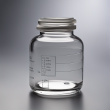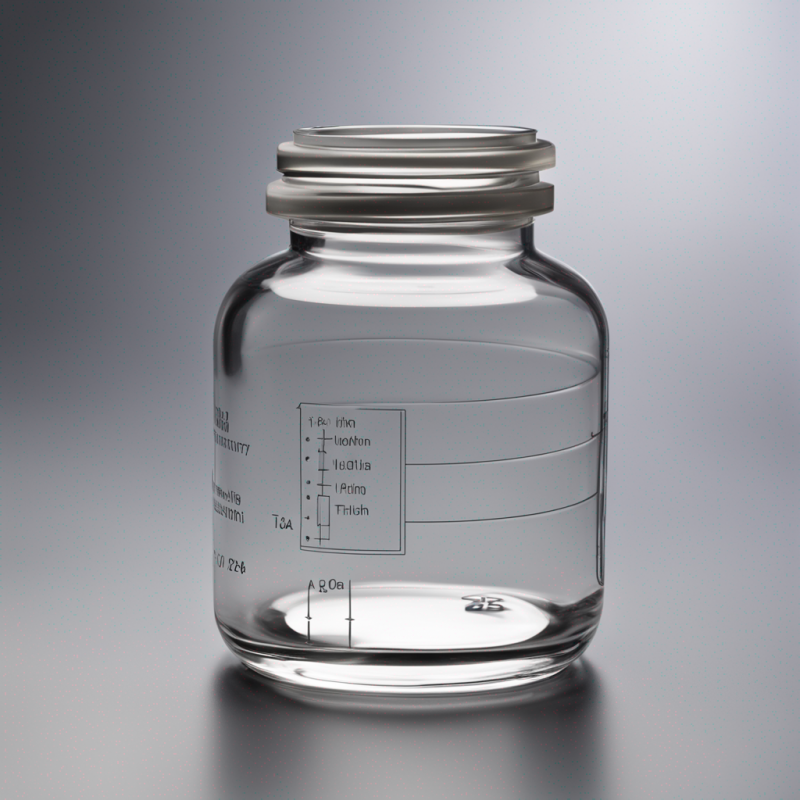
Pharmaceutical-Grade Triethylamine | Versatile Compound for Organic Synthesis
ProcurenetShort description
Pharmaceutical-Grade Triethylamine – The Essential Element for Organic Synthesis
- Quality: Conforms to pharmaceutical standards, ensuring high reliability
- Composition: Primarily constituted of Ethyl and Amine elements
- Key Functions: Widely acclaimed as a base catalyst and solvent for organic synthesis, it expedites reactions, aids effective product formation, and dissolves various organic compounds
- Global Availability: Readily obtainable across all key markets including North America, Europe, Asia, Australasia, and Africa, allowing easy sourcing irrespective of the customer’s location.
- Purchases: Samples are not distributed. Can be ordered in desired quantities as per specific needs.
Triethylamine stands as a critical pharmaceutical-grade compound, rendering valuable service to pharmaceuticals and chemical industries worldwide.
-
Procurenet Team Tshim Sha Tsui
Hong Kong 3 years
Description
Triethylamine: A Versatile and Superior Pharmaceutical-Grade Compound for Organic Synthesis
Guaranteeing robust results, Triethylamine stands as a versatile pharmaceutical-grade compound, prominently utilized across multiple verticals, ranging from organic synthesis to a prized catalyst and solvent. Becoming an indispensable mainstay in the industrial world, its efficacy as a base, and impressive solvent capabilities for organic substances and inorganic salts add sizzle to a multitude of organic reactions.
Triethylamine meticulously crafted from Ethyl and Amine is celebrated for its quality. Rigorously adhering to pharmaceutical grade standards, our Triethylamine is suitable for applications worldwide, including North America, Europe, Asia, Australasia, and Africa.
- Compound Name: Triethylamine
- Synonyms: N,N-Diethylethanamine
- IUPAC Name: N,N-Diethylethanamine
- CAS Number: 121-44-8
- Molecular Formula: C6H15N
- Molecular Weight: 101.19 g/mol
- Boiling Point: 88.6 - 90.5°C
- Melting Point: -115°C
- Density: 0.726 g/cm3 at 20°C
With potential detrimental effects on eyes or respiratory tracts upon inhalation, ingestion, or contact, Triethylamine calls for precautionary measures. It bears the potential to be harmful to aquatic life and exhibits acute oral toxicity. Hence, maintaining good ventilation and avoiding direct contact are mandatory.
- Hazard Statements: May cause eye or respiratory tract irritation. Potential threat to aquatic life.
- Precautionary Statements: Ensure good ventilation. Avoid direct contact.
- GHS Classification: Flammable Liquid (Category 3), Acute Oral Toxicity (Category 4), Eye Irritation (Category 2B)
- LD50: Rat - Oral: 562 mg/kg
Make the most of Triethylamine's distinct properties in applications such as organic synthesis, resin production, rubber accelerator intermediates, and more. See fantastic, consistent, and cost-effective results for your experimentations using our Triethylamine.





